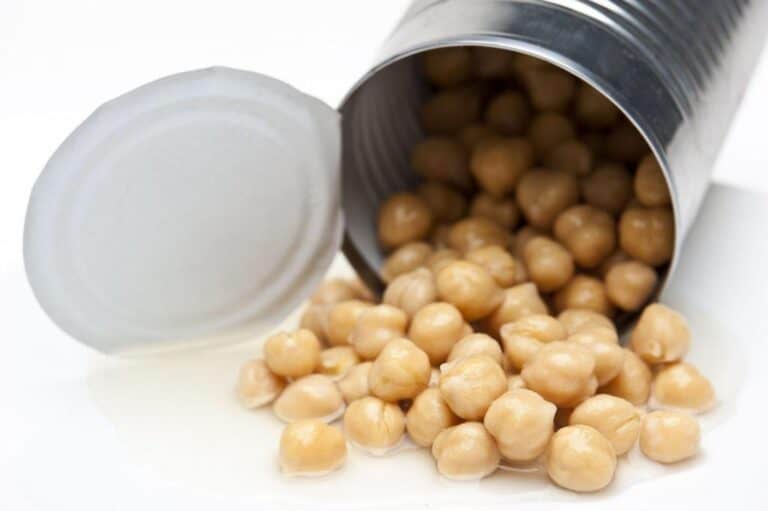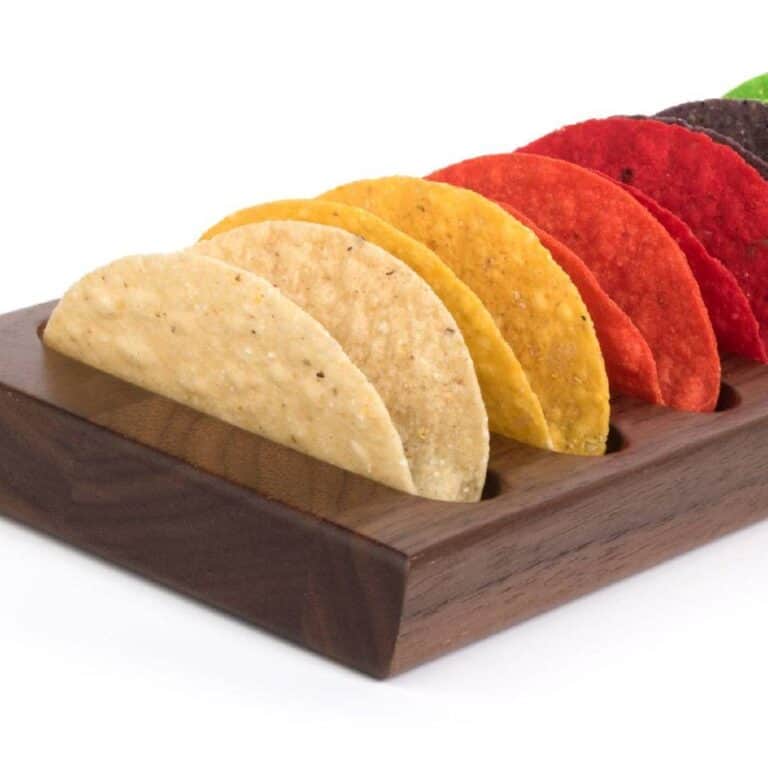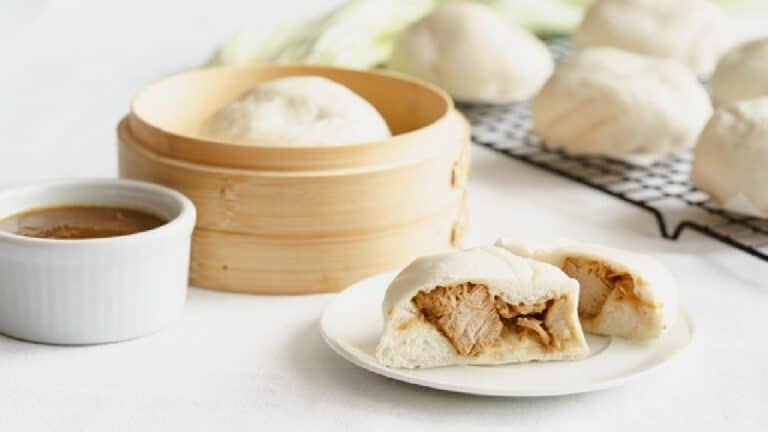Sazerac vs. Old Fashioned: Whiskey Cocktail Comparison and Differences

Experience the enchanting world of whiskey elegance with a timeless clash between two iconic cocktails: the Sazerac and the Old Fashioned. These drinks are like talented musicians, each with a unique taste and interesting background.
This journey is not just a sip; it’s a tale of contrasting traditions, a dance of flavors that unfolds in every carefully crafted pour.
As we start this whiskey-soaked adventure, we will figure out what makes the Sazerac and the Old Fashioned different. Each component – the spirits, bitters, and garnishes – adds to the distinct symphony in the glasses.
Whether you are a whiskey expert or a newcomer to the cocktail world, we invite you to join us on this journey of taste, history, and the ever-changing art of the Sazerac vs. the Old Fashioned. Cheers to the spirited duel!
Sazerac and Old Fashioned: A Historical Overview
The Sazerac and Old Fashioned are famous cocktails with interesting stories that reflect their origins. Let’s embark on a journey through time, starting with the vivacious streets of New Orleans—the birthplace of the Sazerac.
The Origins of Sazerac: A Taste of New Orleans History
The Sazerac, a concoction dating back to the mid-19th century, finds its roots in the iconic city of New Orleans. This cocktail, which combines the vivacious energy of Mardi Gras with the seductive sounds of jazz, is named after the Sazerac brand of cognac. With its unique blend of rye whiskey, absinthe, and Peychaud’s Bitters, the Sazerac stands as a testament to the spirited history of the Big Easy.
Unearthing the Past of Old Fashioned: Tracing its Roots in Cocktail Culture
On the flip side, the Old Fashioned emerges from a different chapter in cocktail culture, rooted in the early 19th century. Born out of a desire to refine the raw edges of whiskey, this classic cocktail has witnessed the evolution of mixology.
It started out as a “whiskey cocktail,” but over time it changed into the Old Fashioned, which is a symbol of sophistication with its bourbon, sugar, and bitters that have been mixed together. We can not only taste the flavors of these drinks, but also feel the cultural echoes that are hidden in every sip as we learn about their history.
The Foundation: Whiskey and Beyond
At the heart of both the Sazerac and the Old Fashioned lies the soul-stirring essence of whiskey. However, the choice of whiskey can be a differentiating factor. In a Sazerac, rye whiskey takes center stage, providing a spicier and more robust character. On the flip side, an Old Fashioned often leans towards Bourbon, delivering a smoother, slightly sweeter experience.
Let’s break it down:
| Sazerac | Old Fashioned | |
| Primary Spirit | Rye Whiskey | Bourbon |
| Flavor Profile | Spicy, Robust | Smooth, Sweet |
| Additional Twist | Absinthe Rinse | Orange Twist, Cherry |
What’s the Difference Between an Old Fashioned and a Sazerac?
When you get into the wild world of cocktails, the difference between an Old Fashioned and a Sazerac turns into a fun taste adventure. Picture an Old Fashioned, where the robust notes of Bourbon take center stage, offering a smooth, slightly sweet undertone. In contrast, the Sazerac leans towards the peppery embrace of rye whiskey, lending a bolder character to this classic concoction.
Now, let’s talk complexity. Both cocktails dance with the timeless duo of sugar and bitters, yet here’s where the nuances shine. The Old Fashioned relies on the familiarity of Angostura bitters, crafting a familiar melody of tastes. Shift your focus to the Sazerac, and the spotlight is on New Orleans’s pride—Peychaud’s Bitters. A dash of history, as this unique bitter played a pivotal role in the birth of the Sazerac, enriching it with a touch of local authenticity.
There is more to this choice than just Bourbon or Rye in the world of mixology. It is how the different ingredients work together to create a symphony for your taste buds. Whether you sway towards the comforting warmth of an Old Fashioned or the spirited kick of a Sazerac, each sip unveils a tale of craftsmanship and tradition.
The Ritual: Crafting the Perfect Pour
Sazerac:
The Sazerac, with its New Orleans heritage, boasts a ritual that elevates the drinking experience. Begin by chilling an old-fashioned glass, then rinse it with a touch of absinthe for that elusive herbal note. In a separate glass, muddle a sugar cube with a few dashes of Peychaud’s Bitters, add the rye whiskey, and stir over ice. Strain this concoction into the prepared glass, and voilà—you’ve summoned the Sazerac.
Old Fashioned:
The Old Fashioned, true to its name, embraces simplicity with a dash of sophistication. Start by muddling a sugar cube with bitters in a glass, adding a splash of water, and stirring until the sugar dissolves. Next, introduce the star of the show Bourbon. Add ice, stir gently, and garnish with an orange twist and cherry to complete this timeless masterpiece.
The Experience: A Sip Through Time
Sazerac:
Close your eyes as you take the first sip of a Sazerac, and you might just find yourself transported to the cobblestone streets of the French Quarter. The strong rye, the subtle anise from Absinthe, and the aromatic dance of Peychaud’s Bitters all work together to make a symphony that echoes the long history of this drink.
Old Fashioned:
In contrast, an Old Fashioned invites you to savor the simplicity of a bygone era. The caramel notes of bourbon, the gentle kiss of sugar, and the citrusy brightness from the orange twist combine to create a melody that transcends time. It’s a sip of nostalgia, a homage to the classics.
Are There Non-alcoholic Versions of Sazerac and Old Fashioned?
Do not worry if you want the style of a classic cocktail without the alcohol kick. The world of non-alcoholic mixology has taken up the challenge. Yes, both the Sazerac and the Old Fashioned come in non-alcoholic versions, so everyone can enjoy the sophisticated rituals of these classic drinks.
Sazerac Sans Spirits: A Teetotaler’s Twist
Crafting a non-alcoholic Sazerac involves skillful ingredient substitution without compromising on flavor complexity. Instead of traditional rye whiskey, opt for a non-alcoholic whiskey alternative. Keep the dance of flavors alive by incorporating sugar, water, and a dash of herbal bitters. You do not have to give up the ritual because there is no alcohol involved; the famous absinthe rinse can be made with an anise-flavored syrup instead.
Old Fashioned, New Sensations: A Non-Alcoholic Rendition
Transforming the Old Fashioned into a teetotaler’s delight is equally enchanting. Swap out bourbon for a non-alcoholic whiskey substitute or even a robust black tea for depth. Muddle a sugar cube with non-alcoholic bitters, add ice, and finish with a citrus twist for that familiar Old Fashioned flourish. Delight in the flavor journey without the alcohol-induced haze. The table below encapsulates the key elements of these non-alcoholic transformations:
| Non-Alcoholic Sazerac | Non-Alcoholic Old Fashioned | |
| Base Spirit | Non-Alcoholic Whiskey Substitute | Non-Alcoholic Whiskey Substitute |
| Flavor Profile | Complex, Herbal | Rich, Robust |
| Additional Twist | Anise-Flavored Syrup for Absinthe Rinse | Citrus Twist |
So, whether you are the designated driver, abstaining for health reasons, or just want to have a party without alcohol, these non-alcoholic versions of the Sazerac and Old Fashioned make sure that everyone can enjoy their elegance and flavors. Cheers to the art of crafting mocktails that stand tall alongside their spirited counterparts!
Conclusion: Choosing Your Libation
In the end, the choice between a Sazerac and an Old Fashioned boils down to personal preference. Are you drawn to the bold, spicy notes of rye, accented by the mysterious touch of absinthe? Or does the smooth, sweet embrace of bourbon, adorned with a citrusy flourish, speak to your cocktail sensibilities?
Whichever path you choose, the journey through the world of Sazerac and Old Fashioned is a delightful exploration of flavors, history, and craftsmanship. So, gather your ingredients, embrace the rituals, and embark on a cocktail adventure that transcends time. Cheers to the art of distinction in a glass!
FAQs
What type of glass is used for Sazerac and Old Fashioned?
Both Sazerac and Old Fashioned are traditionally served in a short tumbler glass, also known as an Old Fashioned glass or a rocks glass.
Can I use bourbon instead of rye whiskey in a Sazerac or Old Fashioned?
While using bourbon instead of rye whiskey in a Sazerac or Old Fashioned can alter the flavor profile, it’s a common practice and often results in a smoother, slightly sweeter drink.
What is the significance of the sugar cube in Old Fashioned?
The sugar cube in an Old Fashioned serves to sweeten the cocktail gradually as it dissolves, creating a balanced, consistent sweetness throughout the drink without the need for continuous stirring.
How do you properly garnish a Sazerac or Old Fashioned cocktail?
A Sazerac is traditionally garnished with a lemon peel, while an Old Fashioned is typically garnished with an orange peel and a cocktail cherry. The garnish adds aromatic oils and visual appeal to the cocktail.
Can you make a Sazerac or Old Fashioned without bitters?
While it may alter the taste, it is possible to make a Sazerac or Old Fashioned without bitters. However, the resulting drink may lack the complexity and depth of flavor that bitters contribute.
What is the history behind the names “Sazerac” and “Old Fashioned”?
The name “Sazerac” is derived from the Sazerac de Forge et Fils brand of cognac, which was used in the original version of the cocktail. “Old Fashioned” references the method of preparing the cocktail in the “old-fashioned” way, muddled with sugar and water.






